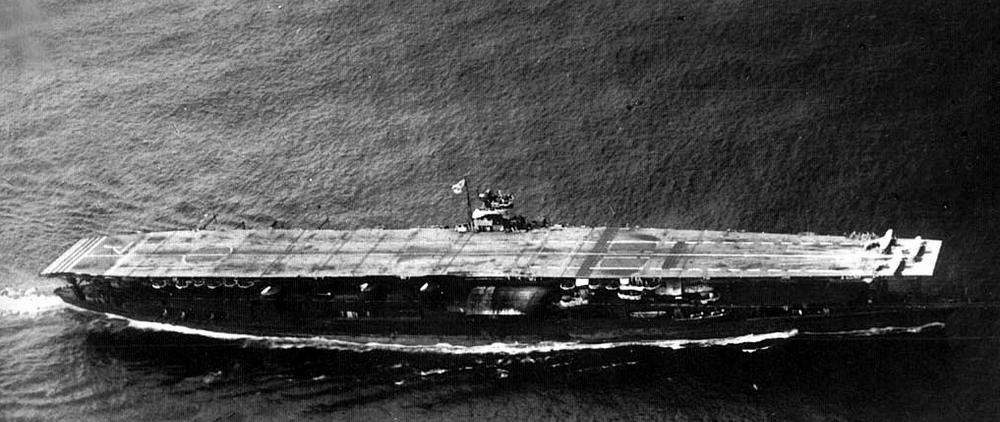On December 7, 1941, a large naval fleet was quietly moving across the Pacific.
The flagship of this fleet was named Akagi.
At this time, a "Z" flag was hung on Akagi's mast. The meaning of this banner is: "The empire is rising and falling, and in this war, the officers and men of our army must fight with all their strength." ”

This fleet was the combined Fleet of Japan, and their mission was to attack Pearl Harbor in the United States.
Meanwhile, Pearl Harbor was still filled with the tranquility of a weekend morning, and the atmosphere was peaceful—even though by this time a U.S. destroyer had sunk a Japanese pocket submarine outside Pearl Harbor.
At 7:35, a japanese sneak attack aircraft group arrived at Pearl Harbor.
Because the American army was unaware of the Japanese sneak attack, the Japanese aircraft group was very smoothly deployed and became a surprise attack formation.
Japanese aircraft, seeing the situation of the American forces on the ground, sent back signals to the flagship that the surprise attack plan had been successfully implemented.
And the explicit content of this signal is "Tiger! tiger! tiger! ”
Since the U.S. troops on the ground were not defenseless, the Japanese torpedo planes were almost all mines on the surface of the sea, and the bombers were even more bombs dropped on the deck of the US warships.
At the time of the initial attack, many Americans were completely unaware of what was happening. When they saw that there were many bombers in the sky, they even thought it was a drill.
By the time they reacted, the West Virginia and Oklahoma, which were parked inside Pearl Harbor, had been hit by two torpedoes each.
It was only at this time that American soldiers began to enter the post.
The West Virginia opened the water injection valve in time, slowly sinking the entire hull into the water to avoid more attacks, leaving a lot of room for subsequent salvage repairs.
But oklahoma's luck wasn't that good. After being hit by two torpedoes, the ship was hit by five bombs, and the entire ship directly capsized, and more than 400 officers and men on board also entered the sea.
The ARIZONA was hit by an aerial bomb in the ammunition depot, and the shell exploded and caused a fire.
The California was hit by two torpedoes, the ship's heavy oil depot caught fire, and the hull began to sink.
Exactly five minutes after the Japanese attack began, sporadic anti-aircraft gunfire began to sound from the American positions.
At 8:10, the Japanese attack had begun for a full 35 minutes.
It was only then that the U.S. Department of the Navy received a telegram informing the attack on Pearl Harbor — which was sent in clear code.
Thirty minutes later, the second wave of Japanese attacks reached their destination.
This time their main target was the major airports. Caneori Airport, Hikheim Airport, And ford Island Airfield were all attacked by the Japanese.
At the same time, the Japanese also divided dive bomber groups to attack American warships shooting into the sky.
After a full hour of attack, the Japanese attack swarm returned with a big swing.
Upon returning, the commander of the Japanese aircraft group, Funada, strongly demanded a third air raid on Nanyun. Because in the first two air raids, the oil tank factory and repair plant in Pearl Harbor were not damaged.
However, Nanyun believed that the attack had been oversized and did not agree to the request.
Because the Japanese put the sneak attack time on the Sunday when the US army was on vacation. As a result, most of the warships in the Pacific Fleet were parked in Pearl Harbor. Most of the aircraft are also massing at the airport.
The high concentration of targets allowed the Japanese to achieve very rich results. The U.S. Navy and Air Force stationed in Pearl Harbor were largely destroyed, and Pearl Harbor was paralyzed.
<h1 class="pgc-h-arrow-right" > next issue</h1>
The United States personally went to war